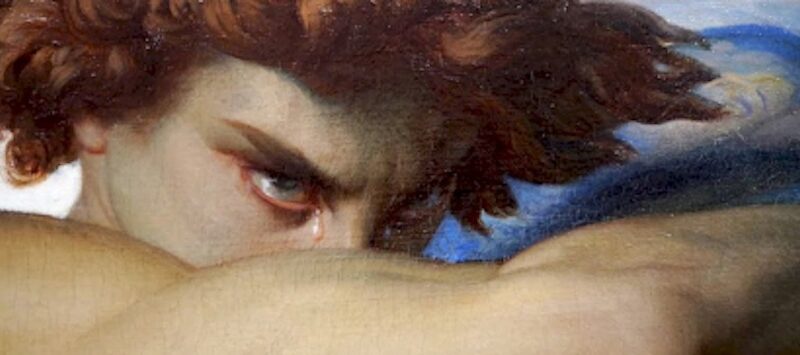
Painting vs Sketching: 5 main differences
Sketching and painting are two types of fine art with many differences between them. sketching is the basis of painting, and the opposite is not true. You should be good at sketching if you want to excel as a painter or learn how to draw comic book character.
This article tries to emphasize the differences between painting and sketching. It can happen when we find ourselves in a gallery where paintings for sale are offered, and that we have to understand and appreciate the difference between sketches and paintings.
The sketchbooks of Leonardo Da Vinci and Edgar Degas for example have become very valuable. You can do sketches even on your iPad. With the new iPad paper screen protector you can draw on your iPad and to have the same feeling of drawing on paper. The PaperScreen film helps you improve your drawing precision.
1. Sketching is a more detailed
Approach to creating an image and the sketching becomes the finished piece. The sketching use pencil crayons, graphite pencil pastels and other monochromatic mediums.
Sometimes artists call the drawings ‘studios’ as they look in more detail into the final image. Drawing can be the result of a sketch as the artist uses the sketch as a guide and the initial study of the subject. When the artist is perhaps describing how to draw a comic book character or some other type of illustration, a sketch can be used to express the artist’s intention and better describe the emotion of the drawing.
2. Painting is characterized by colors and designs
Painting is characterized by colors and designs based on different types such as: canvas painting, canvas oil painting, watercolor painting, acrylic painting and the like.
While painting, painters usually using turpentine oil, as it’s also necessary to have a palette while painting on canvas using oil paints. It’s important to mention that oil paints, acrylics, and types of pigments are used in the art of painting.
3. Sketch is characterized by lines and shades
Sketch has different types, such as line sketching, shadow sketching and object sketching. Sketch does not need turpentine oil, unlike painting.
Pencils, pastels and charcoal can be used in the art of sketching. It is not necessary to use a palette while sketching an object or a human figure.
The sketching does not need time to dry. Pencil sketching can be rubbed and redone quite easily because the graphite can be easily erased. It is not necessary to use brushes in case of sketching. Indeed, in the case of sketching, scales and other measuring tools are used.
4. Sketch represents rapid images technically indeterminate
Consisting of a few more or less chiaroscuro graphic signs made by the artist in order to establish a first thought or concept that the imagination suggests.
It corresponds to the primordial core of the work of art, at its first conception, still confused and indefinite, but extremely free.
In general, a sketch is a spontaneous, unrefined inspiration towards a final drawing. The sketches lack detail and have a lot of lines that are part of the visual image.
They offer the artist the opportunity to experiment with perspective and proportion. The sketch is the first draft of the final work. The sketches are developed in shades of light and dark, they are a casual way of capturing the essence of the image.
A reference to the development of the final work, the sketch is the artist’s inspiration after deciding on the subject for creating him. The sketches are worked in charcoal, pencil and monochrome media such as ink.
This is one of the main differences as we will illustrate in the next paragraph. Although the sketches are not considered the finished work, there are some sketches attributed to famous artists that have become valuable works of art.
The sketchbooks of Leonardo Da Vinci and Edgar Degas for example have become very valuable. A Leonardo Da Vinci sketch found and sold in 2016 reached a record price of $ 16 million.
5. The main difference between the sketch and the paint is the Colors
The visual element of color has the strongest effect on our emotions. It is the element we use to create atmospheres or sensations in a work of art.
For the painter it is of fundamental importance to know perfectly the possibilities of color since this is the means he uses for the realization of his works and to transmit his sensations. This page contains essential information on color theory.
One cannot speak of color without speaking of light, since without light there can be no color.
Everyone knows that colors have an enormous influence on the mood: each color causes a certain emotional reaction in the subject. The white purity. The red anger. The black despair and pain.







